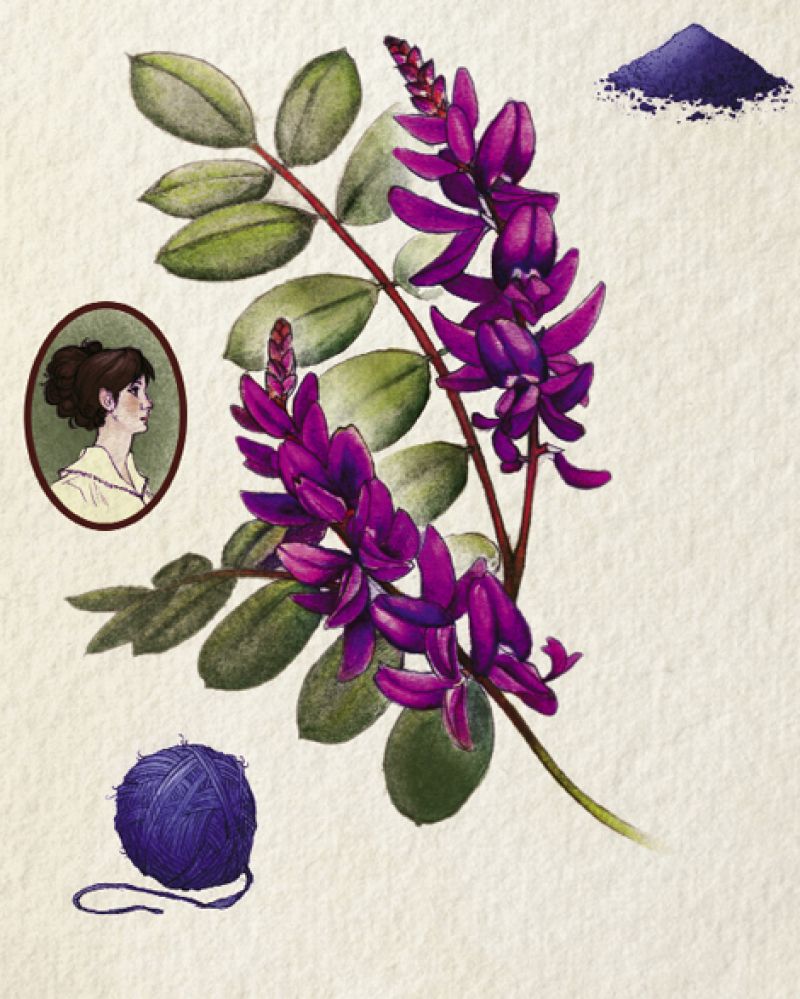In The Odyssey, after the Trojan War ends, Odysseus sets off on a journey back home... This is one of the steps in the Epic Hero Cycle. But what exactly is this cycle, and why is it important in literature?
An epic hero is a person (or character) that is idolized because of admirable traits and the ability to spark hope and survival in the masses. There have been epic heroes throughout history, spanning ancient times to modern popular culture. These heroes show the right way to live, demonstrate morals, and help explain the meaning of life.
The Epic Hero Cycle:
 Hero / main character is presented. S/he often possesses supernatural abilities or qualities, though he may not know it yet. (This could even be as simple as an extra dose of patience.)
Hero / main character is presented. S/he often possesses supernatural abilities or qualities, though he may not know it yet. (This could even be as simple as an extra dose of patience.)- Hero is charged with a quest -- given a mission.
- Hero is tested to prove his worthiness and the purpose / need for his quest.
- Mythical or magical beings, helpful animals, or even human companions are integral to the quest.
- Hero travels to a supernatural plane that normal humans cannot typically access.
- Hero faces a low point, despair, and the chance to give up his quest and accept defeat.
- Hero experiences renewal of hope and resurrection of faith.
- Hero regains his rightful place among the people, often with newfound respect.
We can see the Epic Hero Cycle play out in the popular series, Lord of the Rings.
- Frodo, a very ordinary individual, is given the ring. He is an average Hobbit, but the ring has powers that affect others.
- Frodo then volunteers for the quest to destroy the ring.
- Challenges that face their way and try to stop them with they must overcome, e.g. the Ithilien Rangers, the Tower of Cirith Ungol.
- He gains his companions, the Fellowship, even Gollum later in the book counts as a helpful companion until his role changes to an antagonist.
- Frodo and Sam must cross dark places such as the Dead Marshes and Shelob's Lair.
- On the slopes of the Mountain of Doom, Frodo all but Gives up and Sam literally has to try and pick him back up again.
- In Aragorn's protagonist story Gandalf appears several times to bring new hope, e.g. his resurrection as Gandalf the White, bringing Eomer's army as reinforcements in the Battle of the Hornburg
- Frodo return home but finds that he does not see home quite the way he had before.
Our spine read for this unit is The Odyssey (Homer)
Get the entire unit in the World History Bundle!
 Includes ten unit studies (plus a bonus!) covering World History. Each unit addresses a new topic, spanning from Ancient Hawaii to modern-day. There is also a study of archaeological concepts. Each unit has introductory text, which will give the student basic background information about the topic at hand.
Includes ten unit studies (plus a bonus!) covering World History. Each unit addresses a new topic, spanning from Ancient Hawaii to modern-day. There is also a study of archaeological concepts. Each unit has introductory text, which will give the student basic background information about the topic at hand.- There are photographs and illustrations, and we have also included primary documents when available.
- After this text, there are featured videos, which augment the background information and help make the topic more accessible for more visual students.
- You will also find a short list of reading books, including a featured novel that the unit builds upon.
- There are vocabulary words, places, and people to identify.
- Reading comprehension, critical thinking questions, and writing assignments are included.
- We add fun with hands-on activities and extra videos to watch that will bring the era to life.
Product samples: Motel of the Mysteries & Encounter
Includes:- Motel of the Mysteries
- Island Boy
- Encounter
- The Odyssey
- A Loyal Foe
- Indigo Girl
- Gold Rush Girl
- Around the World in 80 Days
- Number the Stars
- To Kill a Mockingbird
- House of the Seven Gables (bonus)




























